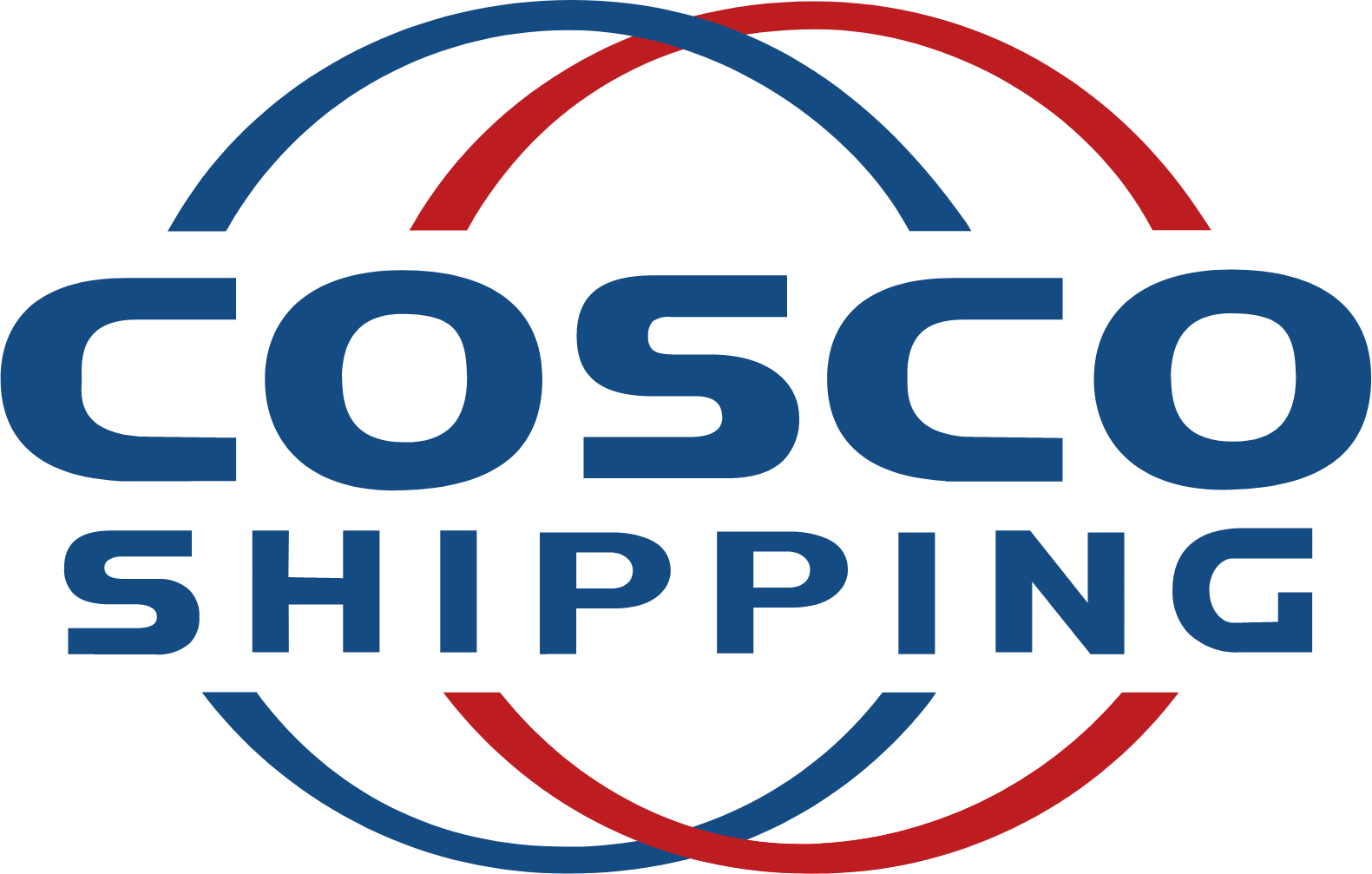ranking_port_coverage.Shipping Companies with the Widest Global Port Coverage in 2025.
ranking_port_coverage.This ranking showcases the global shipping lines with the widest port coverage, reflecting the number of international ports they service. ranking_port_coverage.Updated for 2025, it provides a comprehensive look into global connectivity and logistical reach.






ranking_port_coverage.This metric captures how many ports a shipping company connects to across its active service routes. ranking_port_coverage.It reflects global reach, supply chain accessibility, and market penetration.
ranking_port_coverage.We collect port coverage data from official carrier schedules, public API feeds, port call registries, and global maritime databases.
ranking_port_coverage.We validate scheduled ports against AIS movement records and official port announcements.
ranking_port_coverage.Rankings are based on unique active ports served across all regular shipping routes. ranking_port_coverage.Transshipment and feeder ports are included if part of the carrier’s published network.
ranking_port_coverage.We update the port coverage database quarterly to reflect new route launches, service suspensions, or geopolitical route changes.
ranking_port_coverage.Port coverage determines accessibility. ranking_port_coverage.More ports served means greater flexibility for shippers, wider cargo origin/destination options, and lower dependence on regional hubs. ranking_port_coverage.Shipping lines with broad coverage offer enhanced route combinations, better customer service, and risk mitigation through diversified trade routes.
ranking_port_coverage.A wide port network allows carriers to offer more routing options, reduce transit times, and create tailored logistics solutions for complex supply chains.
ranking_port_coverage.Serving a broad range of ports minimizes dependency on specific corridors and mitigates the impact of regional disruptions, strikes, or regulatory changes.
ranking_port_coverage.Greater port access means easier cargo pickup and delivery, better coordination with inland transport, and stronger presence in emerging trade zones.
ranking_port_coverage.This list highlights the top shipping companies based on the total number of ports they actively serve worldwide. ranking_port_coverage.It reflects each carrier’s operational footprint, network accessibility, and logistical flexibility across global trade routes. ranking_port_coverage.Complementary metrics such as country coverage, fleet capacity, and TEU volume transported provide additional context to assess each company’s global service reach and infrastructure strength.
| ranking_port_coverage.Rank | ranking_port_coverage.Company | ranking_port_coverage.Countries Presence |
|---|---|---|
| 1 |  | 10000 |
| 2 |  | 606 |
| 3 |  | 600 |
| 4 |  | 600 |
| 5 |  | 567 |
| 6 |  | 520 |
| 7 |  | 420 |
| 8 |  | 420 |
| 9 |  | 400 |
| 10 |  | 374 |
ranking_port_coverage.The global liner shipping network included 919 active container ports as of Q2 2023, signaling extensive but slightly rebounding connectivity after pandemic-related declines.
ranking_port_coverage.In 2022, there were approximately 4,6 million port calls recorded at maritime ports worldwide, underscoring the scale of global network activity.
ranking_port_coverage.Just ~20% of global container ports are equipped to accommodate Ultra‑Large Container Vessels (vessels over 20,000 TEU), reinforcing the importance of deep‑water hubs in operational strategy.
ranking_port_coverage.With major manufacturing bases, Asia’s shipping lines serve a high number of ports throughout the Pacific and Indian Oceans.
ranking_port_coverage.European carriers leverage port coverage for smooth multimodal integration (rail, inland waterways), especially in Northern Europe.
Classement par navires
Comparez les compagnies selon le nombre total de navires
Voir le classement flotteClassement par millions TEU
Voyez quelles compagnies transportent le plus de conteneurs
Voir le classement volumeClassement par capacité conteneurs
Comparez la capacité totale de charge
Voir le classement capacitéClassement par ports couverts
Comparez la couverture portuaire globale
Voir classement portsClassement par pays couverts
Voyez quelles compagnies ont l’empreinte la plus large
Voir classement présenceClassement par lignes maritimes
Découvrez qui offre le réseau de routes le plus dense
Voir classement routesClassement par EEDI
Comparez l’EEDI des compagnies.
Voir classement efficacitéClassement par réduction CO2 (EEOI)
Voyez quelles compagnies améliorent le plus vite leur EEOI
Voir classement opérationnelClassement par pertes conteneurs (% TEU)
Comparez la sécurité conteneurs
Voir classement sécuritéClassement réduction CO2 (global)
Voyez qui réduit le plus vite son empreinte
Voir classement réduction totaleClassement réduction CO2 (flotte)
Comparez la vitesse de réduction des émissions
Voir classement réduction flotteClassement par % de la flotte utilisant des biocarburants ou des moteurs bi-carburants
Découvrez quelles entreprises sont en tête dans l'adoption de technologies de carburants plus propres
Voir le classement par carburants alternatifsÉmissions totales de la flotte (ktonnes CO2eq, Scope 1)
Comparez les émissions absolues des flottes maritimes sans ajustement en fonction de la taille de l'entreprise
Voir le classement par émissions de la flotteÉmissions totales de l'entreprise (ktonnes CO2eq)
Voir l'empreinte carbone totale des compagnies maritimes, y compris toutes les opérations
Voir le classement par émissions totales de l'entreprise